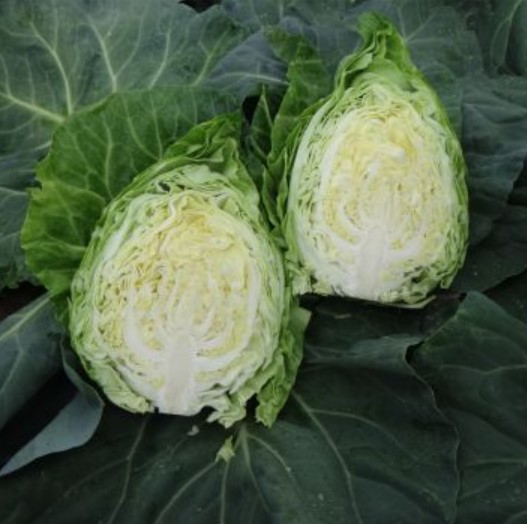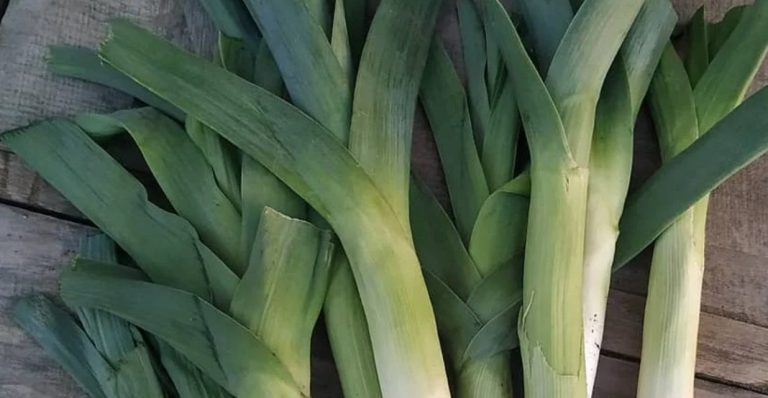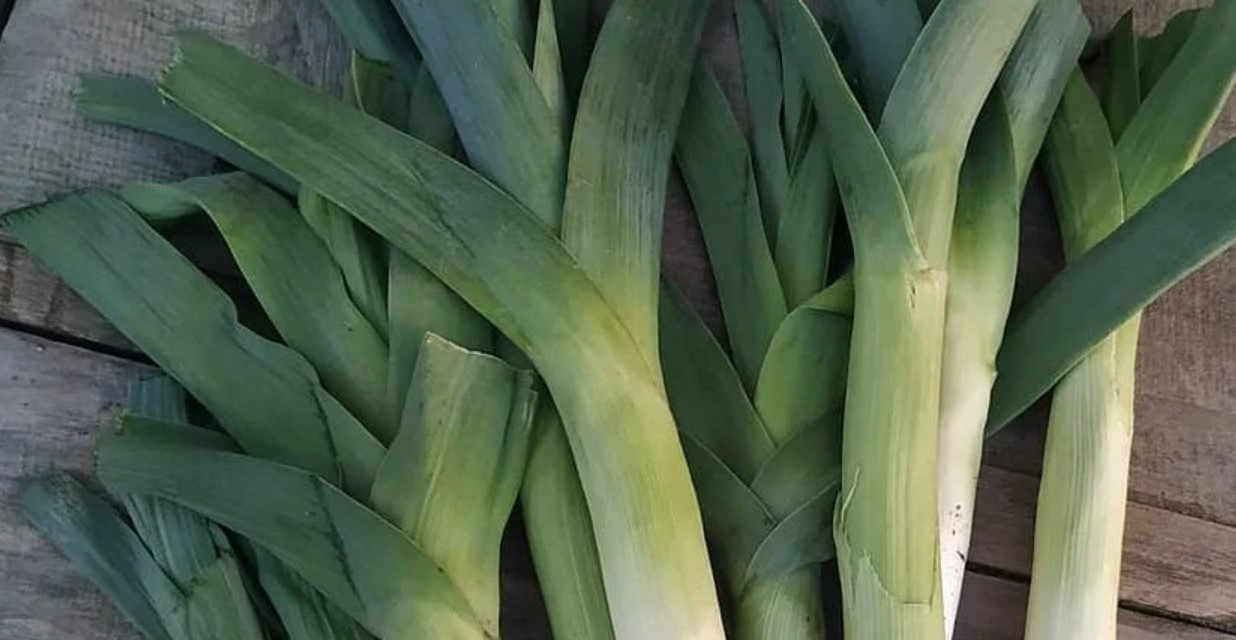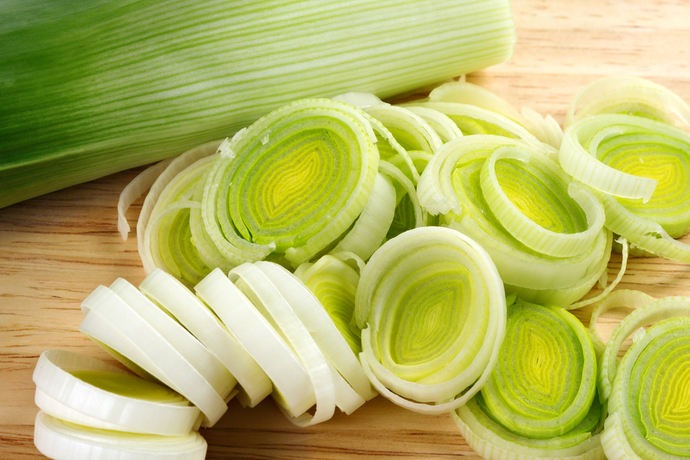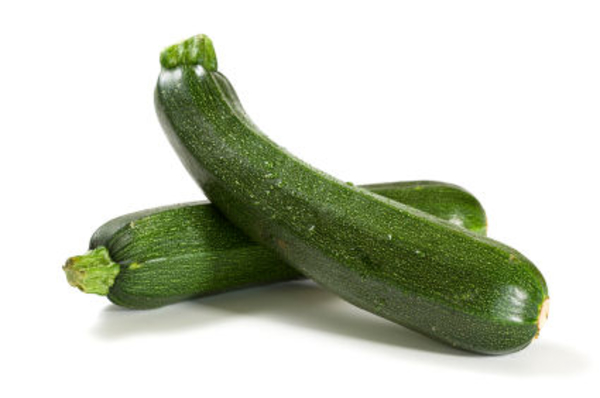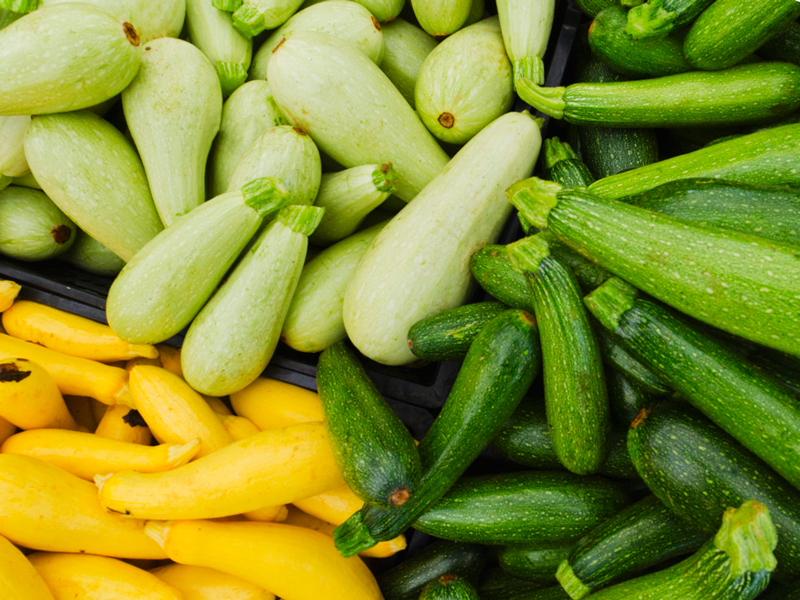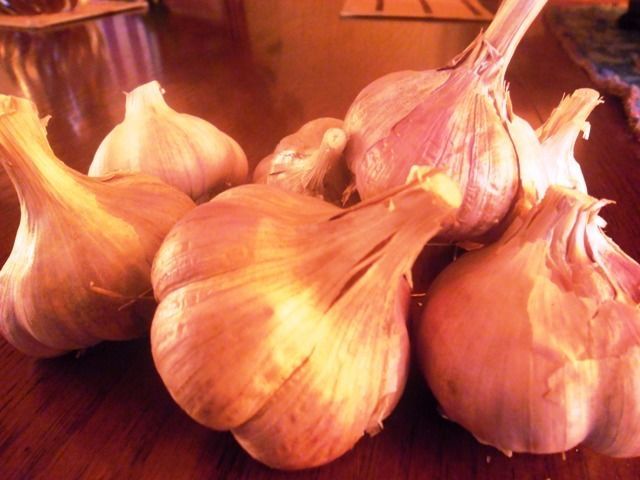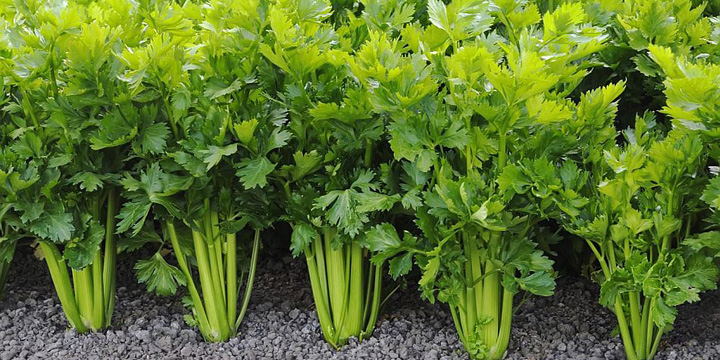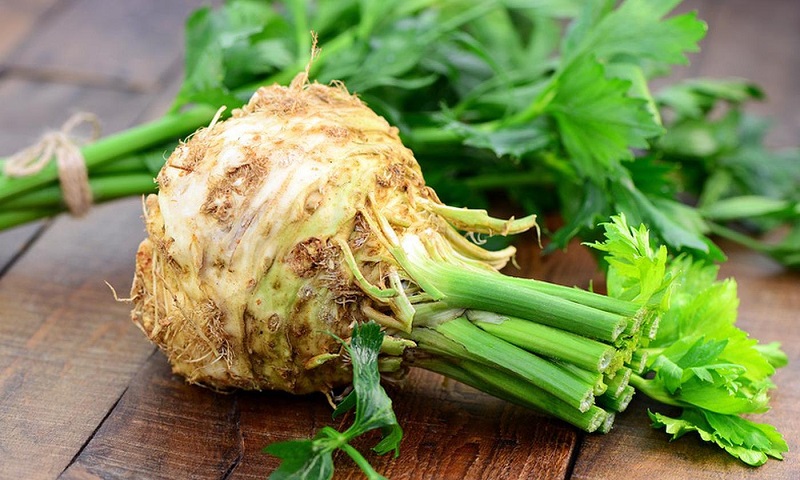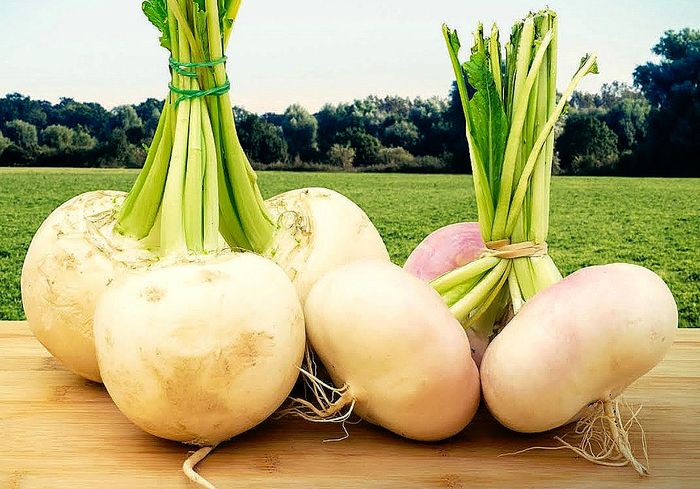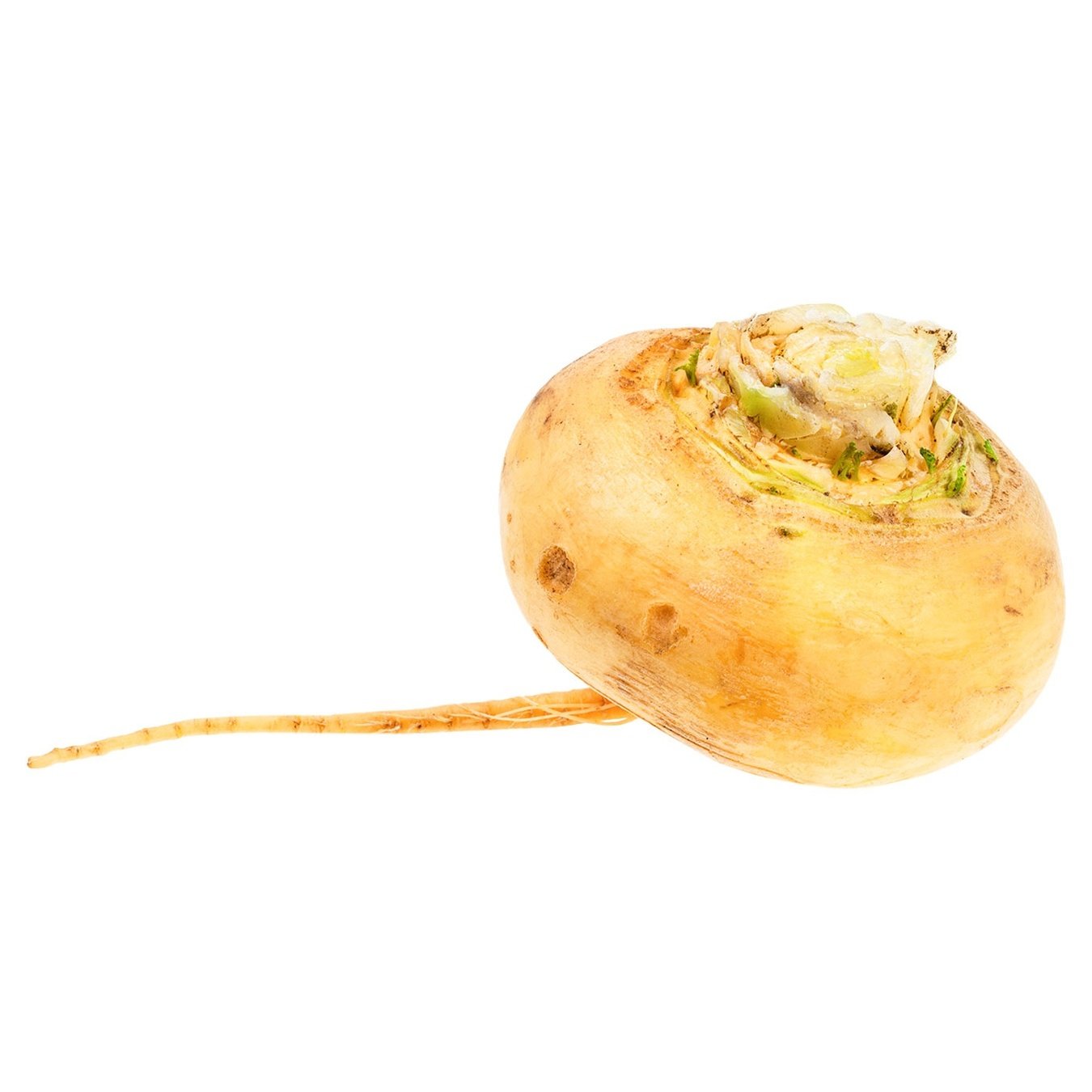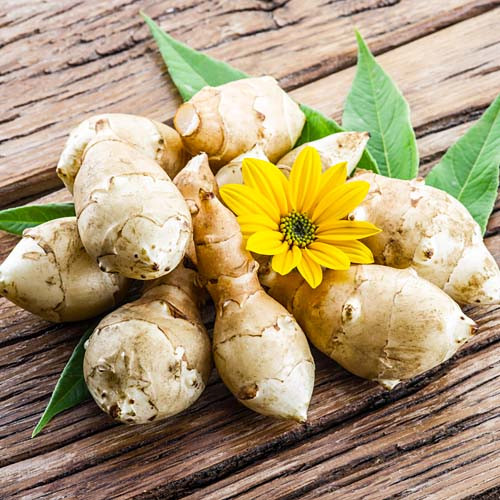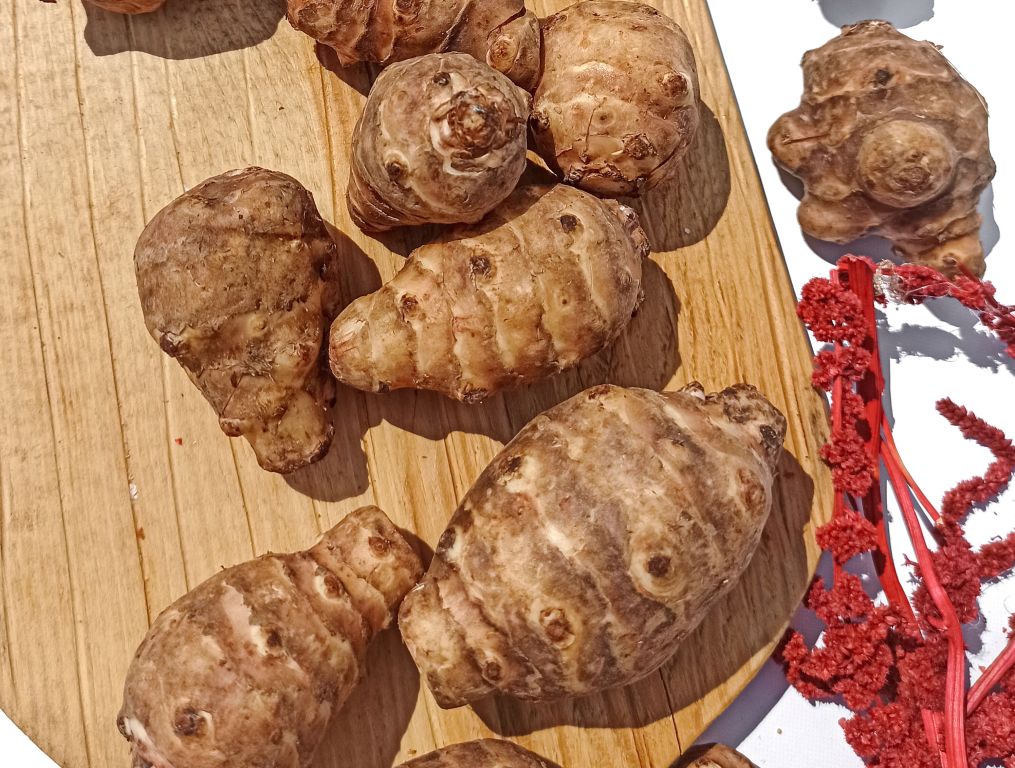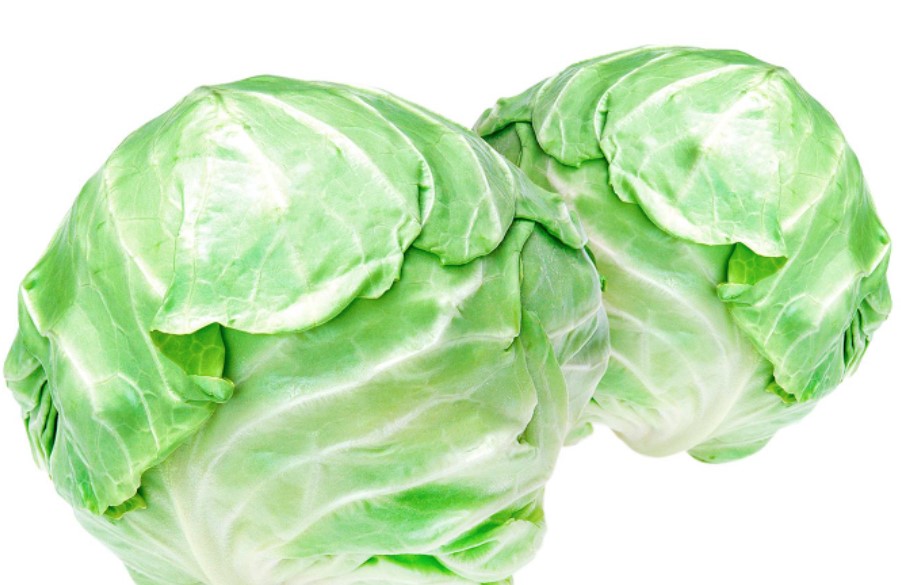Eating kale raw provides you with more nutrients than the cooked version. In this way, kale lives up to its reputation as a power vegetable.
Properties of Kale
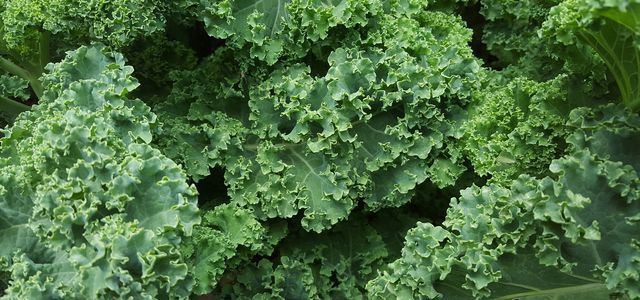
Kale is healthy and one of the winter vegetables with the highest nutrient content. Eating kale raw is worthwhile because it preserves more of its valuable ingredients. Per 100 grams, kale contains 210 milligrams of calcium, 450 milligrams of potassium, 30 milligrams of magnesium, 1.9 milligrams of iron, 35 milligrams of sodium and many vitamins, such as 105 milligrams of vitamin C.
The dietary fibers it contains ensure that you feel full for a long time. In addition, kale is low in calories because it is mostly water. Furthermore, the cabbage variety is said to have a blood-forming, water-flushing and cancer-preventing effect.
However, kale can cause flatulence and abdominal pain due to the fibers it contains. However, you can counteract this with a few home remedies:
Spices such as fennel, coriander, cumin, cardamom or ginger relieve flatulence and go well with cabbage.
A fennel-anise-cumin tea after a meal also reduces abdominal pain and flatulence.
Exercise ensures that your bowel activity increases. A walk after eating also ensures less unpleasant flatulence.
A hot water bottle can also help.
Simply enjoy kale raw
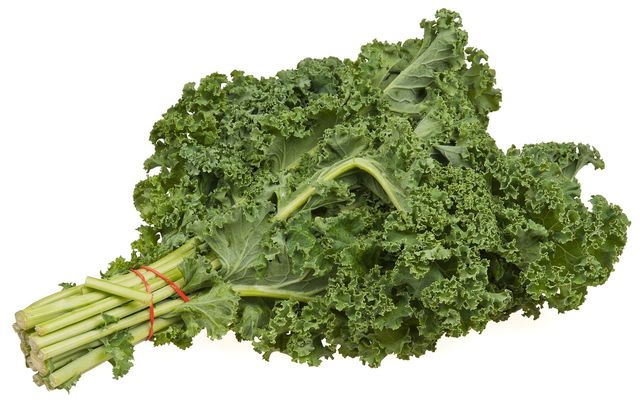
In northern Germany, kale is traditionally prepared in winter with pinkel, boiled sausage and smoked pork loin. But it can also be served vegetarian in a variety of ways, more about this here: Kale: vegetarian recipe ideas for cooking at home. However, some nutrients are lost during cooking.
Like other types of cabbage, you can also eat kale raw. In this way, more of the healthy ingredients are retained. To make it a little easier to digest, you can blanch it for five minutes before eating it.
Here are a few ways you can eat kale raw:
in winter salads
as a smoothie
as raw kale soup
as kale chips for in between
raw leaves marinated in oil as a side dish


